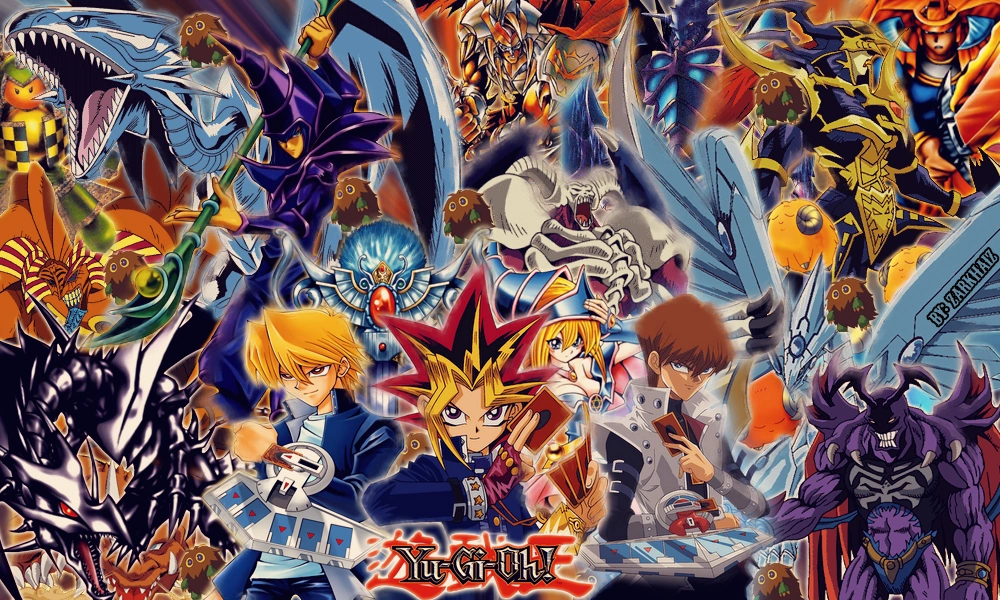NaBUru38
Rookie
The current ATP tournament entry system is confusing. Yes, players are ordered by the world ranking, but every week it changes a lot, so it's very inconsistent. Also, you never know which players will appear at any given tournament, because any player can apply to any.
I think that golf uses a better system. Players get tournament cards, so card holders know which exact tournaments they can apply to play.
So, without further introduction, here's my ATP World Tour Card system:
- o -
There are four card levels, with a fixed number of card holders each:
Gold (24 players), Silver (16 players). Bronze (16 players each), and Blue (24 Players each).
Each card holder gets automatic invitations to several tournaments.
When a player gets a card, he keeps it for 52 weeks. Once the 52 weeks are over, the player automatically gets a card from the lower level, which again lasts 52 weeks.
Players can earn a card by having good performances, which may cause other players to get bumped down.
- o -
Players get a Gold Card if they:
At each tournament, most spots in the main draw are given to ATP World Tour Card holders.
I think that golf uses a better system. Players get tournament cards, so card holders know which exact tournaments they can apply to play.
So, without further introduction, here's my ATP World Tour Card system:
- o -
There are four card levels, with a fixed number of card holders each:
Gold (24 players), Silver (16 players). Bronze (16 players each), and Blue (24 Players each).
Each card holder gets automatic invitations to several tournaments.
When a player gets a card, he keeps it for 52 weeks. Once the 52 weeks are over, the player automatically gets a card from the lower level, which again lasts 52 weeks.
Players can earn a card by having good performances, which may cause other players to get bumped down.
- o -
Players get a Gold Card if they:
- Appear in the top 16 in the world rankings.
- Advance to the quarterfinals of a Grand Slam.
- Advance to the semifinals of an ATP 1000.
- Appear in the top 32 in the world rankings.
- Advance to the semifinals of an ATP 500.
- Appear in the top 48 in the world rankings.
- Advance to the semifinals of an ATP 250.
- Appear in the top 64 in the world rankings.
- Advance to the quarterfinals of an ATP 250.
- Win two ATP Challengers.
At each tournament, most spots in the main draw are given to ATP World Tour Card holders.
- The 80 ATP World Tour Card holders automatically qualify to the four Grand Slams and ATP Masters 1000 at Indian Wells and Miami (which have a 96-player draw).
- The other eight ATP Masters 1000 give invitations to the 40 Gold and Silver Card holders.
- When two ATP 500 tournaments are held the same week, each gets 8 Silver and 8 Bronze Card holders.
- The ATP 500 at Barcelona and Washington (which have a 48-player draw) get the 32 Silver and Bronze Card holders.
- The other ATP 500 tournaments (which have a 32-player draw) give invitations to the 16 Silver Card holders.
- When two ATP 250 tournaments are held the same week, each gets 8 Bronze and 12 Blue Card holders.
- When three ATP 250 tournaments are held the same week, each gets 5 Bronze and 8 Blue Card holders.
- Gold Card holders get automatic invitations to all Grand Slams and ATP Masters 1000.
- Silver Card holders get automatic invitations to all Grand Slams, ATP Masters 1000 and ATP 500.
- Bronze Card holders get automatic invitations to all Grand Slams, two ATP Masters 1000, six ATP 500, and 12 ATP 250.
- Blue Card holders get automatic invitations to all Grand Slams, two ATP Masters 1000, and all ATP 250.






